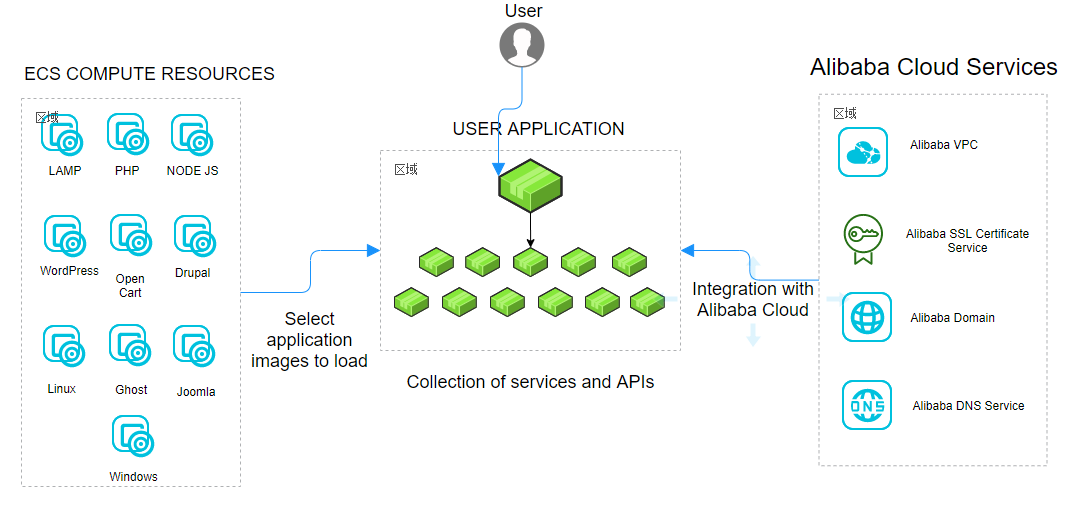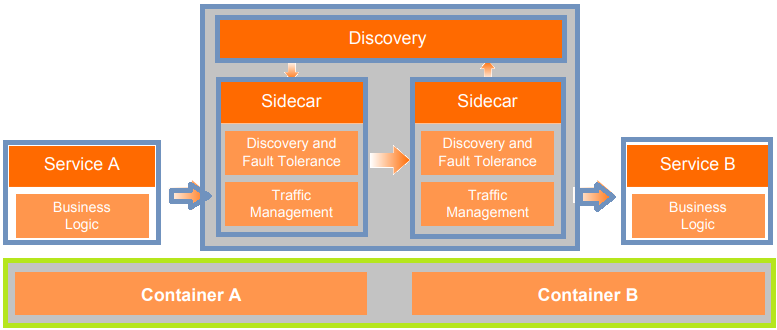By Shantanu Kaushik
Traditionally, applications were a combination of services all mashed into one. At the time, this scenario was simple got the work done. Businesses’ needs have evolved over time, and the technology must follow suit. With the introduction of cloud computing architecture, application development and deployment developed a faster approach. The time taken between release cycles was cut down, and the new features the businesses demanded were added to the applications.
The traditional approach of developing and deploying applications followed a traditional software development lifecycle where developers hand over the code to testers and debuggers before it is packaged and shipped. In the past, this entire cycle was inefficient and took up a large amount of time between release cycles.
Microservices brought changes. With the Microservices model, you can optimize the overall architecture to centralize the iteration process. Let’s take a look at how microservices work on the Alibaba Cloud platform:

Microservices are a collection of services that make up an entire solution, and each one can have multiple parts. Multiple microservices can form an independent distributed system. Microservices are independent and provide superb scalability and reliability. Microservices enable you to deploy applications with redundancies and Auto Scaling to handle elasticity with resource scaling.
The cloud-native microservices can leverage the complete extent of resources provided by the cloud architecture to increase the availability, security, and elasticity level of your applications. The cloud-native architecture offers the convenience and stability of the cloud architecture with the microservices framework to reduce the application architecture complexity.

Microservices offer more operations flexibility than traditional methods for application development and deployment. However, microservices require more O&M than the traditional architecture. There are specific parameters to follow when designing a microservice. Let’s discuss these features to create a perfect design structure for the microservices environment:
1. Individual Microservice Considerations
2. Microservices Interactions Control
3. Data Storage and Container Scheduling
4. Considerations for Large-Scale Microservices
Alibaba Cloud introduced the cloud-native architecture alongside industry-leading tools and open community support. In Part 7 of this series, we will differentiate the stages of microservice evolution and the frameworks. We will also talk about major microservices-based technologies and what makes their design scenario work so efficiently.
Alibaba Cloud Best Practice for CDN: A Comprehensive Analysis on Industry Applications

2,600 posts | 750 followers
FollowAlibaba Clouder - February 25, 2021
Alibaba Clouder - February 26, 2021
Alibaba Clouder - March 1, 2021
Alibaba Clouder - February 26, 2021
Alibaba Clouder - February 22, 2021
Alibaba Clouder - February 14, 2020

2,600 posts | 750 followers
Follow Retail Solution
Retail Solution
Alibaba Cloud enables digital retail transformation to fuel growth and realize an omnichannel customer experience throughout the consumer journey.
Learn More Sports Solution
Sports Solution
From immersive stadiums to data analytics, our sports solutions empower teams, athletes, and fans through the digital transformation of the sports industry
Learn More Business Mid-End Solution
Business Mid-End Solution
This solution provides you with an enterprise-level omnichannel digital platform that gets your procurement and sales onto the same platform to enhance business competitiveness.
Learn More Microservices Engine (MSE)
Microservices Engine (MSE)
MSE provides a fully managed registration and configuration center, and gateway and microservices governance capabilities.
Learn MoreMore Posts by Alibaba Clouder